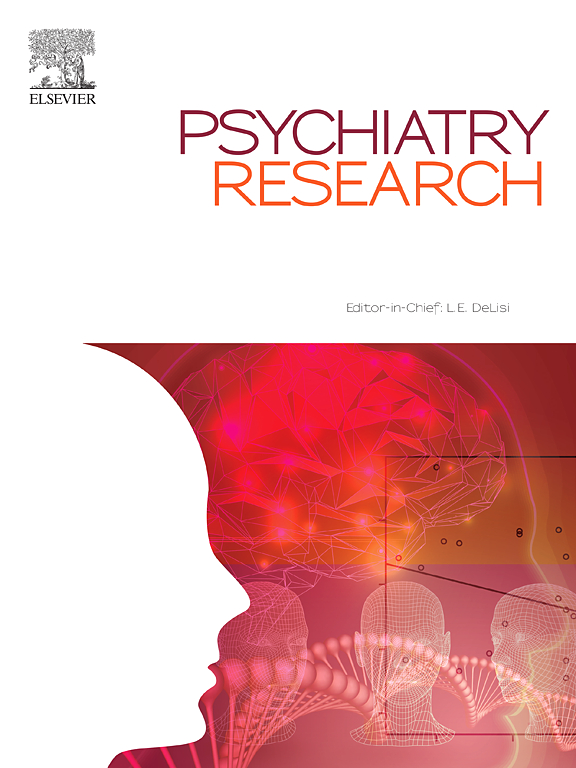Maternal cannabis use disorder and offspring behavioral outcomes: findings from a linked data cohort study
IF 4.2
2区 医学
Q1 PSYCHIATRY
引用次数: 0
Abstract
Few studies have explored the association between maternal gestational cannabis use and disruptive behavioural disorders (DBDs) in offspring, often relying on self-reported data and small samples. This study aimed to assess the relationship between maternal cannabis use disorder (CUD) during pregnancy and postpartum periods and the risk of disruptive behaviours in offspring. We conducted a population-based retrospective cohort study using linked health data from New South Wales, Australia, for live births between 2003 and 2005. Mothers with CUD were compared to those without, and the risk of DBDs in offspring was estimated. Both CUD and disruptive behavioural disorders were identified using the International Classification of Disease (ICD) codes. Generalised Linear Models (GLMs) with log-binomial regression were fitted to estimate disruptive behavioural disorder risk in children. Statistical significance was set at p < 0.05.
After adjusting for key confounders, this study revealed significantly higher risks of disruptive behavioural disorders in children of mothers with CUD during the antenatal [risk ratio (RR) = 3.56, 95 % CI 2.42–5.05], perinatal [RR = 3.55, 95 % CI 2.45–4.98], and postnatal [RR = 2.95, 95 % CI 1.23–6.16] periods compared to non-exposed counterparts. These findings underscore the importance of preconception, antenatal, and postnatal counselling on maternal cannabis use to mitigate neurobehavioral risks in children.
求助全文
约1分钟内获得全文
求助全文
来源期刊

Psychiatry Research
医学-精神病学
CiteScore
17.40
自引率
1.80%
发文量
527
审稿时长
57 days
期刊介绍:
Psychiatry Research offers swift publication of comprehensive research reports and reviews within the field of psychiatry.
The scope of the journal encompasses:
Biochemical, physiological, neuroanatomic, genetic, neurocognitive, and psychosocial determinants of psychiatric disorders.
Diagnostic assessments of psychiatric disorders.
Evaluations that pursue hypotheses about the cause or causes of psychiatric diseases.
Evaluations of pharmacologic and non-pharmacologic psychiatric treatments.
Basic neuroscience studies related to animal or neurochemical models for psychiatric disorders.
Methodological advances, such as instrumentation, clinical scales, and assays directly applicable to psychiatric research.
 求助内容:
求助内容: 应助结果提醒方式:
应助结果提醒方式:


